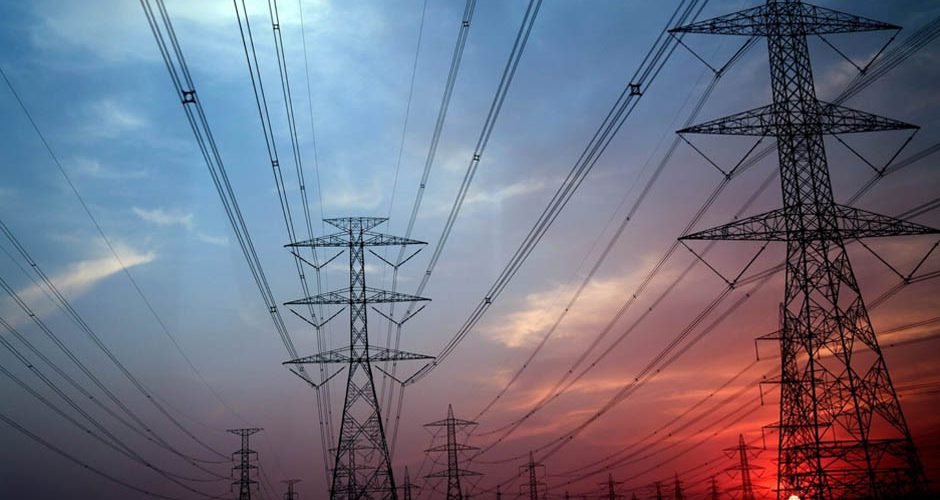Power quality is a critical aspect of any electrical system, ensuring the efficient and reliable operation of devices and equipment. One common solution to manage power quality issues is the use of voltage regulators.
In this article, we will delve into the concept of power quality, discuss the role of an AC voltage regulator in mitigating power quality issues, and explore effective strategies to prevent such problems from occurring. So, let’s dive in!
Table of Contents
Understanding Power Quality
In today’s technologically advanced world, power quality is a crucial consideration for both residential and commercial environments. Power quality issues, such as voltage fluctuations, harmonics, and voltage sags and swells, can lead to equipment malfunction, data loss, and even significant financial losses. AC voltage regulators offer an effective solution to address these power quality challenges.
Defining Power Quality
Power quality refers to the characteristics of electrical power that affect the performance and reliability of electrical systems and equipment. It encompasses factors such as voltage stability, frequency variations, harmonic distortions, and voltage waveform distortion.
Importance of Power Quality
Maintaining optimal power quality is essential to ensure the efficient operation of electrical devices and equipment. Poor power quality can result in increased energy consumption, decreased equipment lifespan, and reduced productivity. Therefore, understanding power quality issues is vital for preventing potential problems and ensuring a stable electrical supply.
Common Power Quality Issues
Voltage Fluctuations
Voltage fluctuations, also known as voltage variations, occur when there are sudden changes in the supply voltage. These fluctuations can be categorized into two types: voltage sags and voltage swells. Voltage sags refer to temporary decreases in voltage, while voltage swells are temporary increases in voltage.
Harmonics
Harmonics are additional frequencies that can distort the sinusoidal waveform of the power supply. These harmonics can result from nonlinear loads, such as electronic devices, and can lead to overheating of equipment, increased energy losses, and interference with other electrical systems.
Voltage Sags and Swells
Voltage sags and swells are short-term variations in voltage levels. Sags can be caused by faults in the power system or by the starting of large motors, while swells can occur due to sudden load reductions or switching operations. Both voltage sags and swells can disrupt the operation of sensitive equipment and cause unexpected downtime.
The Role of AC Voltage Regulators
What are AC Voltage Regulators?
AC voltage regulators are electrical devices designed to stabilize and regulate the voltage level of an alternating current (AC) power supply. They are commonly used to maintain a consistent voltage output, compensating for fluctuations in the input voltage.
How AC Voltage Regulators Work
AC voltage regulators work by continuously monitoring the input voltage and adjusting the output voltage accordingly. They achieve this through the use of electronic components, such as transformers and voltage regulators, which control the voltage levels to ensure a stable power supply to connected devices.
Benefits of Using AC Voltage Regulators
Voltage Stabilization
One of the primary benefits of AC voltage regulators is their ability to stabilize the voltage output. By maintaining a constant voltage level, they provide a consistent power supply to sensitive equipment, reducing the risk of malfunctions and improving overall performance.
Protection against Voltage Surges
AC voltage regulators are also effective in protecting electrical devices from voltage surges. Surges, which are sudden increases in voltage, can damage equipment and lead to data loss. Voltage regulators prevent such surges from reaching connected devices, safeguarding them against potential damage.
Harmonic Suppression
Another advantage of AC voltage regulators is their ability to suppress harmonics. Voltage regulators equipped with harmonic filters can mitigate harmonic distortions in the power supply, minimizing the risk of equipment overheating and improving the overall power quality.
Preventing Power Quality Issues
Regular Maintenance and Inspection
Regular maintenance and inspection of electrical systems are crucial for identifying and addressing potential power quality issues. This includes checking connections, verifying grounding integrity, and performing routine tests to ensure the proper functioning of voltage regulators and associated equipment.
Proper Grounding Techniques
Implementing proper grounding techniques is essential for minimizing power quality issues. Effective grounding helps dissipate excess electrical energy and reduces the risk of voltage fluctuations and surges. It is important to adhere to local electrical codes and standards when establishing grounding systems.
Installing Surge Protection Devices
Installing surge protection devices, such as surge suppressors and surge arrestors, provides an additional layer of protection against voltage surges and transients. These devices divert excess voltage to the ground, preventing it from reaching sensitive equipment and ensuring their safety.
Selecting the Right Voltage Regulator
Choosing the appropriate voltage regulator for a specific application is crucial to address power quality issues effectively. Factors to consider include the load capacity, voltage regulation capabilities, and specific requirements of the connected devices. Consulting with an expert or a qualified electrical engineer can assist in selecting the most suitable voltage regulator.
Conclusion
In conclusion, power quality issues can have a significant impact on the performance and reliability of electrical systems and equipment. AC voltage regulators offer an efficient solution to mitigate power quality problems, ensuring a stable and reliable power supply. By understanding power quality, identifying common issues, and implementing preventive measures, individuals and businesses can prevent disruptions, protect their valuable equipment, and maintain optimal power performance.
FAQ’s
Q1: Can voltage regulators completely eliminate power quality issues?
No, voltage regulators cannot entirely eliminate power quality issues. While they are effective in stabilizing voltage levels and protecting against certain issues, other factors such as harmonics and grounding also play a role in power quality management.
Q2: Are voltage regulators suitable for both residential and commercial applications?
Yes, voltage regulators are used in both residential and commercial applications. They can be employed in various settings, including homes, offices, manufacturing facilities, and data centers, to ensure stable power supply and protect sensitive equipment.
Q3. What is the lifespan of a voltage regulator?
The lifespan of a voltage regulator depends on various factors, including its quality, usage conditions, and maintenance. Generally, well-maintained voltage regulators can last for several years, but it is recommended to periodically assess their performance and consider replacements if necessary.
Q4. Can I install a voltage regulator myself, or do I need professional assistance?
The installation of a voltage regulator typically requires professional assistance. Electrical systems can be complex, and proper installation is crucial for optimal performance and safety. Consulting with a qualified electrician or electrical engineer is recommended to ensure the correct installation and operation of the voltage regulator.
Q5. Are there alternative solutions to voltage regulators for managing power quality?
Yes, there are alternative solutions for managing power quality, depending on the specific requirements and circumstances. These may include power conditioners, uninterruptible power supplies (UPS), and active power filters. Consulting with a power quality specialist can help determine the most suitable solution for a particular application.





